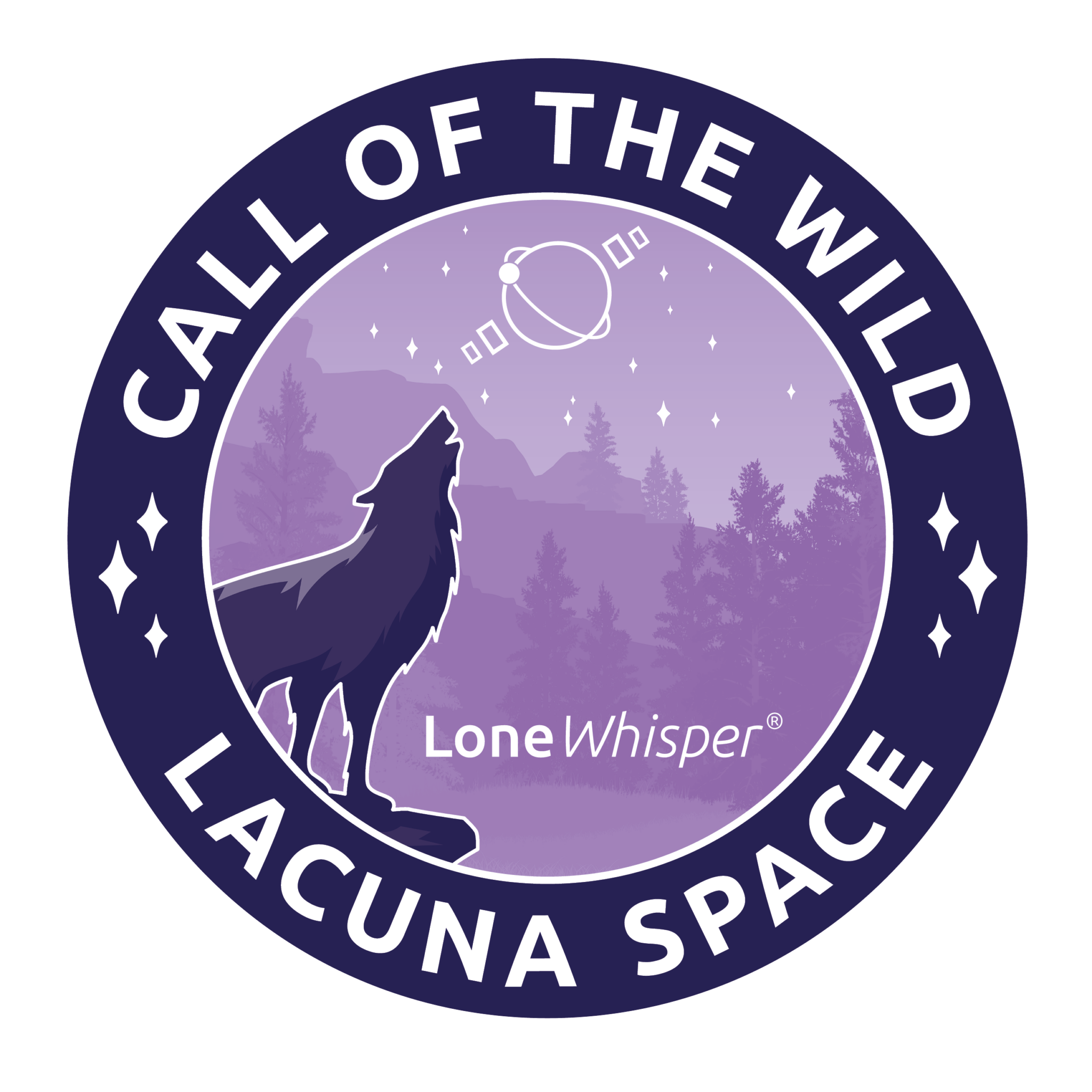ESA-supported Lacuna Space CubeSats launch to expand direct-to-device Internet of Things constellation

Two European Space Agency (ESA)-supported CubeSat satellites, which form the beginnings of an Internet of Things (IoT) constellation to ambitiously provide connectivity for underserved areas, successfully launched into low Earth orbit from the Vandenberg Air Force Base in California, US, on a Transporter-14 mission and aboard a SpaceX Falcon 9 launcher on 23 June 2025 at 22:25pm BST (2:25pm PDT). The launch is a major step forward in scaling a world-leading direct-to-device IoT network.
Belonging to Lacuna Space, a pioneering satellite technology company based on the Harwell Science and Innovation Campus in Oxfordshire, UK, LacunaSat-4A and LacunaSat-4B, form the “Call of the Wild” mission, fittingly named in honour of the 1903 novel by author Jack London. The satellites, which are funded under ESA's Advanced Research in Telecommunications Systems (ARTES) Core Competitiveness programme and and co-funded by the UK Space Agency, will focus on technical de-risking ahead of commercial operations.
IoT is already a sizeable market, set to grow in the coming years. At the same time, the characteristics of messages exchanged in the IoT differ from the “human” side of internet. IoT traffic is formed by small data packages that don’t require high bandwidth. As a result, LacunaSat-4A and LacunaSat-4B fit into a niche that makes the payload lighter and more power efficient.
The launch of "Call of the Wild" is a culmination of development and refinement cycle of the IoT satellite payload that has been specifically optimised to communicate with low energy and small size devices. In anticipation of a growing demand for IoT reception in remote areas not reached by conventional terrestrial networks, Lacuna Space has an ambitious plan to provide coverage in even the most remote of regions via a constellation of IoT relay CubeSats. By partnering with Lacuna Space on this project, ESA seizes another opportunity to strengthen industrial capacity and competitiveness to unlock new markets and drive economic growth in the satellite communications industry.
Lacuna Space has already demonstrated the utility of their concept using earlier versions of the LacunaSat to link together a number of river water quality sensors in West Wales. This has generated a direct benefit to the scientific community that has gained much more freedom and a lower financial threshold to conduct research in remote regions. This same benefit can be replicated across other industries such as agriculture, industry, logistics and many more. Now, the aim is to provide a comprehensive and continuous coverage, rather than a local and transient one.
“Space is not a separate domain of communications and connectivity, rather, it is an extension of our connectivity here on the ground. By working with Lacuna Space on developing this new CubeSat constellation, we are using satellite connectivity to extend the reach of terrestrial networks into remote regions and also rural areas with problematic coverage, adding value to all users in Europe and worldwide,” said Domenico Mignolo, Head of the Technology and Products Division within ESA’s Connectivity and Secure Communications.
“The demand for remote IoT connectivity is accelerating fast – and that’s what’s driving this next phase of growth,” said Rob Spurrett, CEO of Lacuna Space. “We’ve already proven that our technology works where others simply can’t: in remote, infrastructure-free environments. Now we’re scaling to meet real-world demand. This mission marks a step-change: from pilot projects to large-scale, operational deployments. With LoneWhisper®, we’ve built the highest-capacity direct-to-satellite LoRa® receiver in orbit – giving us the ability to support more devices, more reliably, than any other solution in the market. Our system is designed not just to reach remote places, but to scale across the globe.”


